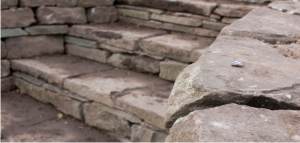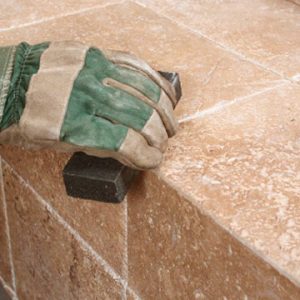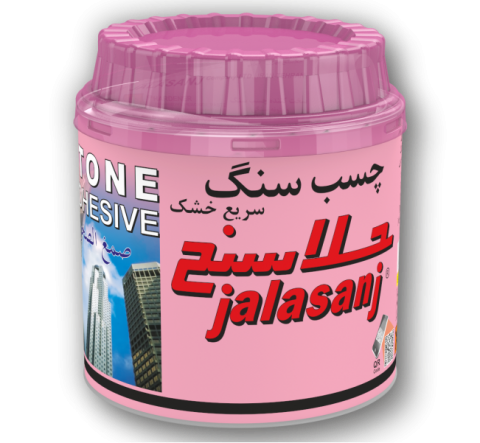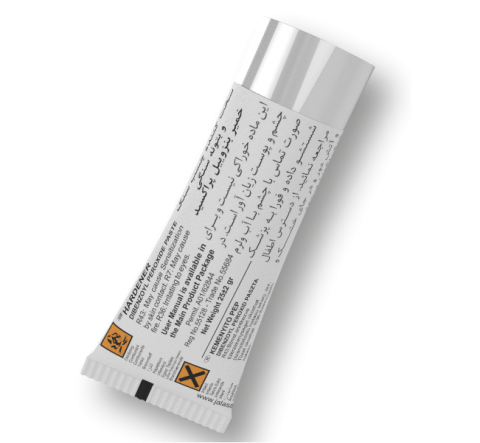
Jalasanj stone adhesive is a two-component (2-C) polyester-based adhesive which is the best choice to work on different stones as filler and to glue stones together. Jalasanj stone adhesive can be safely applied in order to glue stones together since the final strength of the adhesive on the surface is far higher than the strength of the stone itself. The activation and drying factor of the adhesive, Benzoyl Peroxide, is the second component of the adhesive and is provided in the package along with the adhesive. Just applying 1% of the second component is needed to make the adhesive activate.

One of the strong points of Jalasanj stone adhesive is the fast curing which takes 2 or 3 minutes at room temperature in order to provide the minimal waste of time for the user. So within minutes leave the attached pieces and finally after 10 minutes you can continue shaping and structuring the stones. Applying this product at higher than room temperature can lead to shorter curing time. Moreover, applying at lower temperature will cause the longer drying time.
Jalasanj stone adhesive lasts longer before mixing and it helps the user store the product for a long time. In addition, storing the product at lower temperature (above zero) could multiply product storage time.

Jalasanj stone adhesive is designed in light cream color which seems the most usable color for the users. However, you can add any different pigments or colored powders in order to create favorite color tone. Afterwards, mix the second component and apply it on the surface.
After drying any filing, drilling, or other machining operations would be possible on the surface covered with Jalasanj stone adhesive. You can even use the product in polyester sculpturing with the highest quality.
Jalasanj stone adhesive has a great resistance to water, heat, and coldness. Environmental climatic factors do not have any impact on the adhesive after it dries. Just make sure that the surface is completely clean and dry so that this adhesive can remain lifetime.
Diluents such as oil or gasoline cannot damage this adhesive after drying. However existence of any foreign object or other substances on the surface prior to gluing practice can result in weaker adhesion.



